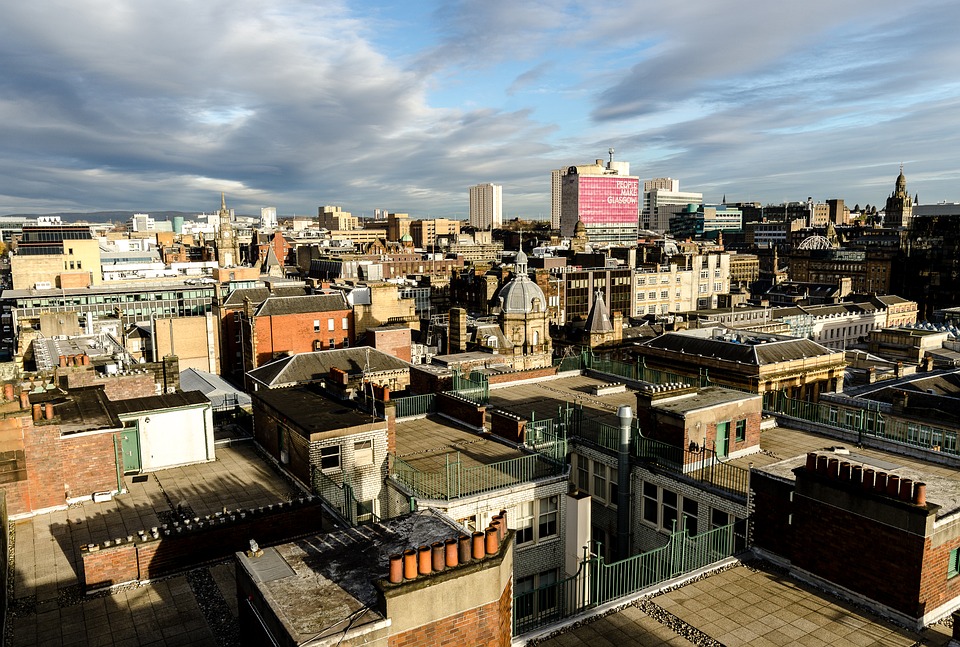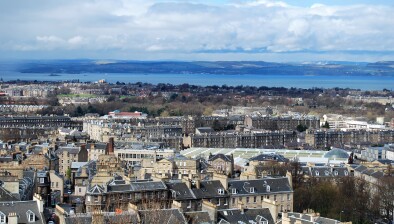Glasgow unveils strategy to double number of city centre residents
A draft strategy which proposes how Glasgow’s city centre population will double in size to 40,000 over the next 15 years is to be open for public consultation.

At a growing figure of just over 20,000 people, Glasgow lies behind cities such as Manchester, Liverpool and Birmingham in terms of the numbers living and moving to live in the centre of those cities.
While Glasgow is now seeing a significant increase in both investor interest and planning approvals for private sector rent developments, the need to accelerate this trend has been identified through the City Centre Living Strategy (CCLS), which aims to establish a city centre population of 40,000 by 2035.
Glasgow City Council said it now considers population density to be crucial to the success and sustainability of city centres. These areas have traditionally been home to a thriving retail sector, and while Glasgow remains the biggest shopping destination in the UK outside of London’s West End, the rise of online shopping and shifting investor demand means that new uses have to be found for redundant floorspace, and residential development offers a good opportunity to repurpose this space.
The number of people living in UK city centres almost tripled between 2000-2011, as young, single and highly-educated millennials choose to live in urban areas and - while both Glasgow’s city centre strategy 2014-19 and city development plan have contributed to making a more mixed-use (combining leisure with retail) city centre that is more attractive as a residential location - the CCLS will further guide the growth of this population is Glasgow and the provision of all the supporting infrastructure and services that will be required.
The city centre strategy 2014-19 had proposed a number of measures to make area a ‘place to stay and live’, including:
- Encouraging new developments and the conversion of vacant properties into residential properties, to attract professionals, families, down-sizers and students;
- Providing appropriate services such as schools and open spaces; and
- Creating quality spaces and environments - now being made a reality through the Glasgow City Region City Deal Avenues project.
The report highlighted the advantages Glasgow has over other city centres in terms of attracting a wide demographic to live there, but there are also challenges around meeting supply and demand for residential development, such as a high proportion of listed buildings (possibly difficult and expensive to convert) and pre-1945 properties.
Research and public engagement by Savills over the past couple of years generated some key findings on the issue, including:
- A lack of residential availability and choice, and unmet demand;
- Social housing plays a key role in some districts, providing affordable and secure accommodation;
- A perception that private housing in the city centre was expensive, and calls for more variety in housing cost and types;
- The greatest demand for city centre housing was in the Merchant City, Broomielaw and Sauchiehall Districts;
- Different types of infrastructure - community, social, smart and green - and tackling cleaning and anti-social behaviour issues are needed to make the city centre liveable; and
- Developers look for information on the local authority’s priorities on issues such as the vertical separation of uses, ie retail on ground floor, residential above.
The draft CCLS has six key objectives:
- To increase the city centre’s population from just over 20,000 to 40,000 by 2035;
- To find productive outcomes for vacant commercial space, with a particular focus on upper floors;
- To provide a quality city centre environment that is cleaner, greener, more sustainable and better connected;
- To deliver quality in design across all development;
- To offer a responsive, innovative approach to investment opportunities that support this strategy; and
- To enable resilient, empowered and socially cohesive neighbourhoods.
A 10-week public consultation on the draft strategy will begin on November 29.









